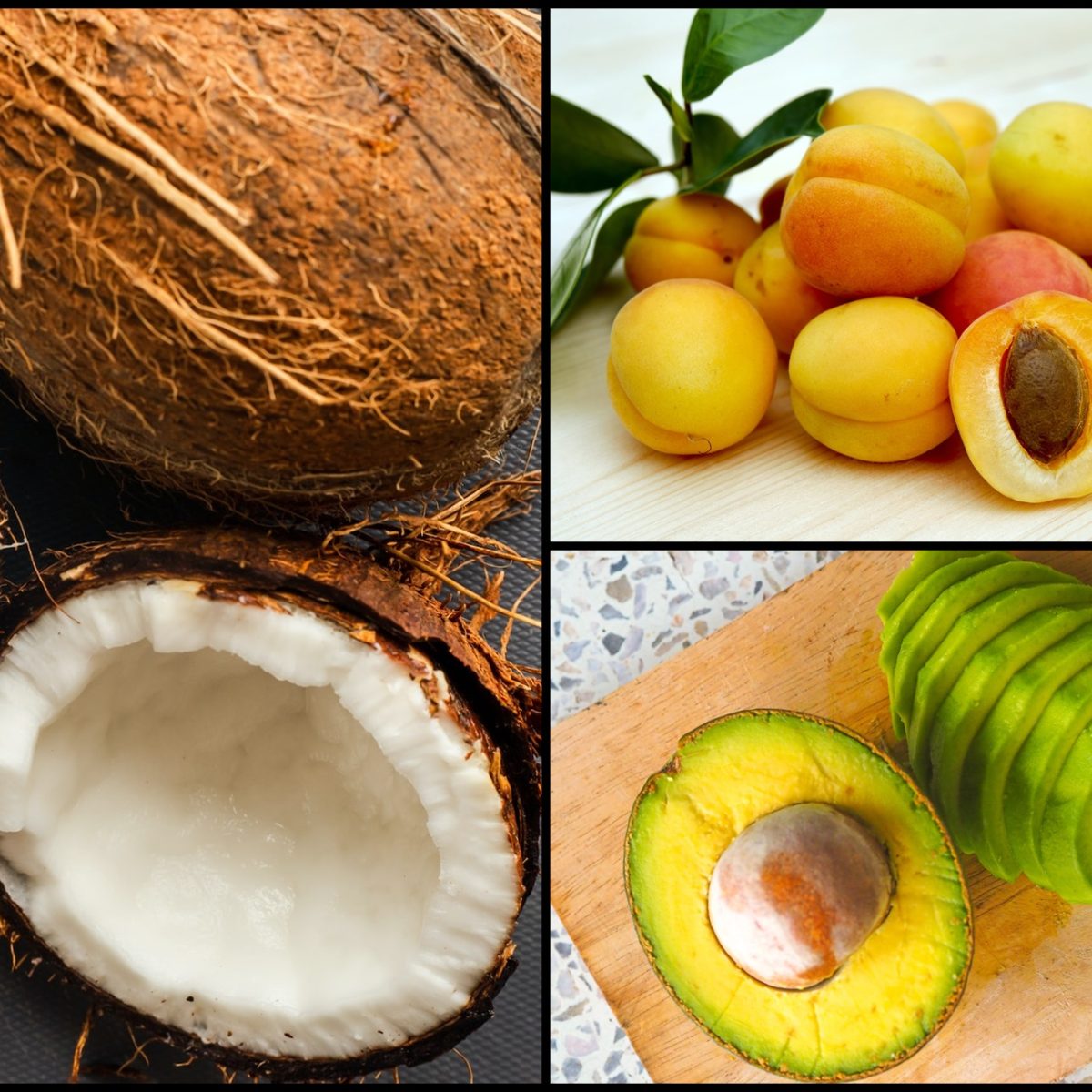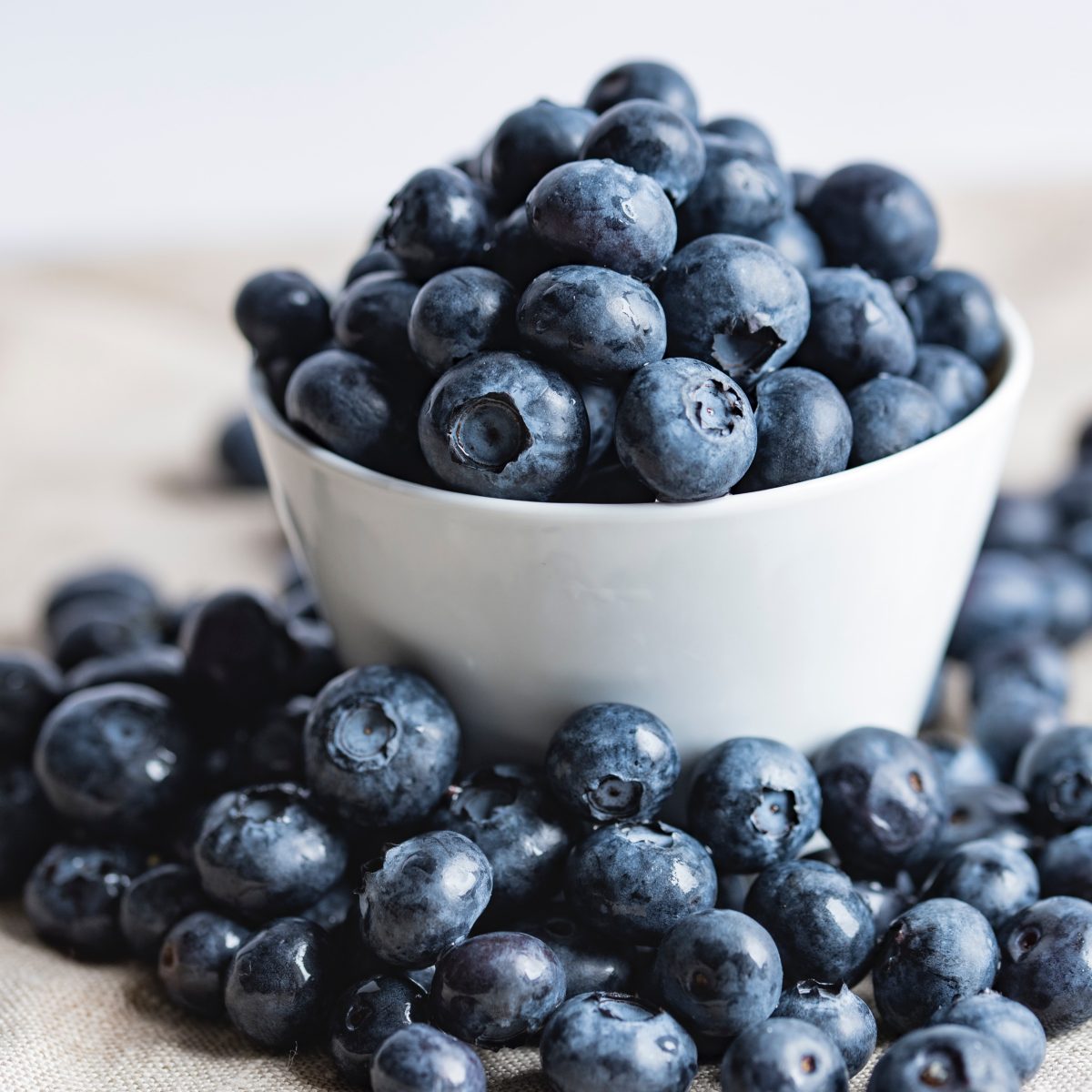Lychee, with its distinct and tantalizing flavor, is a tropical fruit that has captivated people around the world. Beyond its delightful taste and unique appearance, lychee also possesses an enticing aroma that contributes to its overall sensory experience. In this article, we will delve into the olfactory characteristics of lychee and explore its scent profile. We will examine the molecules responsible for its fragrance and how it has been incorporated into perfumery. Additionally, we will touch upon the historical and cultural significance of lychee, as well as its nutritional benefits. So, let's embark on a fragrant journey to unravel the question, "What does lychee smell like?"
The scent of lychee is a harmonious blend of aqueous freshness, rosy florals, mild sweetness, and citrus undertones, captivating the senses and evoking a delightful olfactory journey.
The Origins of Lychee
 "x31 arbre a lychees" flickr photo by Dominique Linel shared under a Creative Commons (BY-ND) license.
"x31 arbre a lychees" flickr photo by Dominique Linel shared under a Creative Commons (BY-ND) license.
To truly appreciate the scent of lychee, it is important to understand the fruit itself. Lychee, scientifically known as Litchi chinensis, is a monotypic tree in the soapberry family, Sapindaceae [2]. It is native to South China, Malaysia, and northern Vietnam and is widely cultivated in Southeast Asia and South Asia. The lychee tree is evergreen, reaching heights of up to 15 meters, and its leaves are pinnate with 4 to 8 elliptic-oblong leaflets. The flowers grow in clusters and possess a fragrant aroma, which is a precursor to the enticing scent of the fruit itself.
The lychee fruit is small, sweet, and enclosed within a pink-red, rough-textured outer shell. It has a fleshy texture, varying in shape and size, and a thin, easily removable skin that reveals the delicious fruit inside. The sweet, aromatic aril, which is the edible part of the fruit, is where the enticing fragrance of lychee originates. The seeds of lychee contain methylene cyclopropyl glycine, which has been linked to hypoglycemia and encephalopathy in malnourished children who consumed the fruit [2]. Therefore, it is important to enjoy lychee responsibly and focus on its delightful aroma and flavor.
Lychee cultivation dates back to ancient China, where it was highly regarded and even enjoyed in the Chinese Imperial Court. The fruit gained attention from European travelers and was introduced to the West in the 17th century. Since then, it has become a beloved tropical fruit globally, celebrated for its unique taste, texture, and, of course, its enchanting scent. Lychee thrives in frost-free climates with high heat, rainfall, and humidity, making it an ideal crop in various tropical regions [2].
The Scent Profile of Lychee
The aroma of lychee is often described as aqueous, rosy, and mildly sweet, resembling the scent of juicy grapes [1]. It is a captivating fragrance that combines floral and fruity notes, creating a unique olfactory experience. Various molecules present in lychee contribute to its scent profile. Let's explore some of these key compounds [1]:
- Guiacol: This aromatic compound is responsible for the smoky and phenolic notes in lychee's fragrance.
- Vanillin: Known for its sweet and creamy scent, vanillin adds a touch of warmth and richness to the aroma.
- Furaneol: This molecule imparts a sweet, caramel-like note to lychee, enhancing its overall sweetness.
- b-damascenone: With its floral character, b-damascenone adds a rosy facet to the scent of lychee.
- Cis-rose oxide: This compound contributes to the floral and rose-like aroma of lychee.
- Linalool: Linalool is a versatile molecule found in many flowers, including lychee. It imparts a fresh and floral scent.
- Isovaleric acid: This compound provides a slightly cheesy note, contributing to the complexity of lychee's fragrance.
- Geraniol: Geraniol, with its sweet and rosy scent, adds a delicate floral nuance to lychee.
These aromatic molecules work together to create the distinct scent of lychee. Although lychees cannot be distilled like most fruits, their fragrance has been successfully incorporated into perfumery through synthetic production. Perfumers often utilize lychee to provide a fresh, watery tone to floral compositions or to add a hint of fruitiness to floriental fragrances. The combination of lychee with honey and rose can result in delicate and graceful fragrances [1]. Many fragrance brands, both niche and designer, have embraced lychee as a captivating scent. Perfumes from renowned brands such as Laura Biagiotti, Coco Mademoiselle, Benefit, Juliette has a Gun, Chopard, Dolce & Gabbana, Emporio Armani, Estée Lauder, Lancôme, Guerlain, and Calvin Klein feature lychee notes in their creations [1].
Exploring the Scent of Lychee
Now that we have examined the aroma and composition of lychee's fragrance, let's delve deeper into what lychee smells like and how it is experienced. When encountering the scent of lychee, one can expect a delightful olfactory journey characterized by the following elements:
- Aqueous Freshness: Lychee's scent exudes a refreshing and aqueous quality, reminiscent of cool water droplets. This aspect of its fragrance contributes to the overall invigorating and uplifting experience.
- Rosy Florals: Lychee possesses floral notes, particularly those reminiscent of roses. These rosy accents add a touch of elegance and femininity to the fragrance, enhancing its appeal.
- Mild Sweetness: The scent of lychee is mildly sweet, with subtle fruity nuances. This delicate sweetness evokes a sense of indulgence without being overpowering, making it all the more enticing.
- Citrus Undertones: Within the aromatic profile of lychee, hints of citrus can be detected. These citrus undertones add a tangy and zesty facet to the fragrance, creating a delightful contrast to the overall sweetness.
- Subtle Complexity: Lychee's scent is not solely defined by one dominant note but rather a harmonious combination of various aromatic compounds. This complexity contributes to its allure, allowing for a multi-dimensional olfactory experience.
It is important to note that scent perception can vary from person to person due to individual olfactory sensitivities and experiences. Some individuals may detect certain nuances more prominently, while others may focus on different aspects of lychee's fragrance. Exploring and experiencing the scent of lychee firsthand is the best way to fully appreciate its captivating aroma.
Nutritional Benefits of Lychee
While we primarily explore the scent of lychee in this article, it is worth mentioning the nutritional benefits this tropical fruit offers. Lychee is not only a treat for the senses but also a valuable source of essential nutrients. Here are some key nutritional highlights of lychee [3][4]:
- Vitamin C: Lychee is rich in vitamin C, which is vital for supporting a healthy immune system, promoting collagen synthesis, and acting as an antioxidant to protect against oxidative stress.
- Potassium: Lychee contains potassium, an electrolyte that plays a crucial role in maintaining proper heart function, regulating blood pressure, and supporting overall muscle and nerve health.
- Antioxidants: Lychee is a good source of antioxidants, including phenolic compounds, which help protect the body against damage caused by free radicals and oxidative stress.
- Dietary Fiber: Lychee is relatively high in dietary fiber, which aids in digestion, promotes feelings of fullness, and supports a healthy gut.
- Phytochemicals: Lychee is rich in various phytochemicals that have been associated with potential health benefits, including anti-inflammatory and anticancer properties.
It is important to note that while lychee offers numerous nutritional benefits, caution should be exercised with lychee seeds and unripened lychees. The seeds contain certain compounds that have been associated with health risks, and unripened lychees may have a purgative effect [4]. As with any food, it is advisable to consume lychee in moderation and ensure its quality and ripeness before consumption.
Culinary and Cultural Significance
 "Fresh cut lychee fruit with big nut and whole lychees on white background" by wuestenigel is licensed under CC BY 2.0.
"Fresh cut lychee fruit with big nut and whole lychees on white background" by wuestenigel is licensed under CC BY 2.0.
Lychee's fragrance not only enhances its appeal but also plays a significant role in its culinary applications and cultural importance. The sweet and floral scent of lychee has inspired the creation of various delectable dishes, desserts, and beverages. In traditional cuisines of Southeast Asia and China, lychee is celebrated for its unique flavor and fragrance. Here are a few examples of how lychee is enjoyed:
- Fresh Consumption: Fresh lychees are often eaten as a standalone fruit, savored for their juicy and sweet flesh. Their fragrance adds to the overall sensory experience, heightening the pleasure of enjoying this tropical delight.
- Canned Lychee: Canned lychees are popular ingredients in fruit salads and desserts. The preserved fruit retains its fragrance, making it a convenient and accessible way to incorporate lychee into various culinary creations.
- Lychee-based Desserts: The enchanting scent of lychee lends itself well to desserts such as ice creams, sorbets, jellies, and cakes. These indulgent treats capture the essence of lychee's fragrance, providing a delightful culinary experience.
- Lychee-infused Beverages: Lychee's aroma also shines in the world of beverages. Lychee juice, cocktails, and even teas feature the tantalizing scent of lychee, infusing these drinks with a refreshing and aromatic twist.
Beyond its culinary applications, lychee holds cultural significance in the regions where it is cultivated and enjoyed. In China, lychee has been celebrated for centuries, symbolizing good luck, abundance, and romance. The fruit is often associated with festivities, particularly during the Dragon Boat Festival and Lunar New Year. The lychee's fragrance has been immortalized in art, poetry, and traditional Chinese medicine, where it is believed to have cooling properties and is used to treat certain ailments [2][5]. Similarly, lychee holds cultural significance in Southeast Asian countries like Thailand and Vietnam, where it is integrated into local traditions, cuisine, and folklore.
Conclusion
The scent of lychee is a captivating blend of aqueous freshness, rosy florals, mild sweetness, and citrus undertones. This tropical fruit's fragrance is brought to life by various aromatic compounds, resulting in an olfactory experience that is both delightful and unique. Lychee's aroma has inspired perfumers, who incorporate its scent into fragrances, adding freshness, fruitiness, and floral nuances to their compositions. Furthermore, lychee's fragrance plays a vital role in its culinary applications, enhancing the sensory pleasure of enjoying this tropical fruit in various dishes, desserts, and beverages.
As you embark on your own exploration of lychee's scent, remember to relish its delicate sweetness and floral notes, appreciating the complexities and nuances that make it such a cherished and captivating fragrance. Whether enjoyed fresh, in perfumes, or as an ingredient in culinary creations, the scent of lychee invites you to indulge in its alluring and aromatic world.








